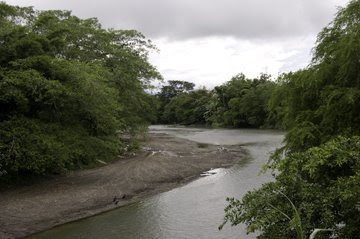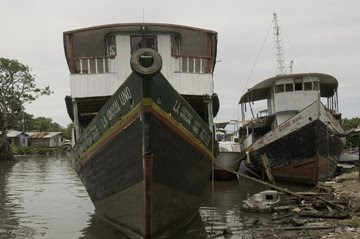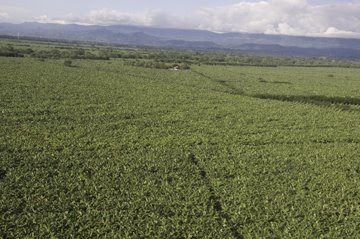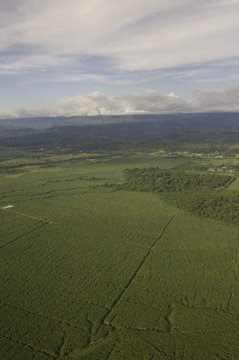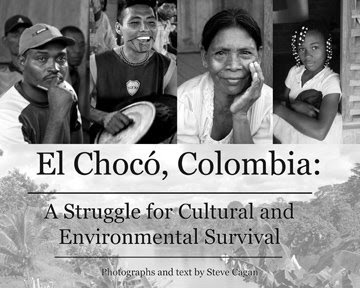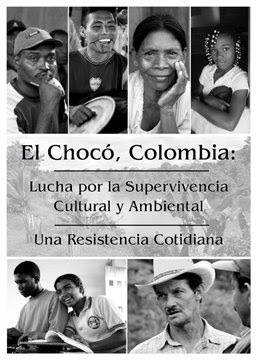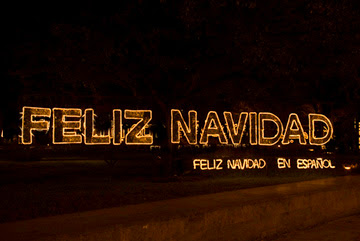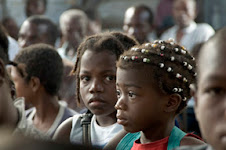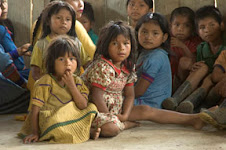But not to worry about that. Recently, I received a note that took a totally different approach. I’ll reproduce it here, then give you a translation:
“Vi sus fotos. Que magnífico ejemplo de espectaculo vacío. Sus imágenes poco colaboran para poner en contexto la violencia en Colombia. Creo que el suyo, es un intento de trascender en su propia sociedad, exotizando a "los otros", personas a quienes poco importa si un fotografo del primer mundo les toma una fotografía para prostituirlos o no. La calidad de la composicion además, es de baja calidad y deja tantos vacíos que da asco.”
“I saw your photos. What a magnificent example of an empty spectacle. Your images cooperate little in putting the violence in Colombia in context. I think what you’re doing is an attempt to succeed in your own society, exoticizing “the others,” people to whom it matters little if a photographer from the first world takes a picture to prostitute them or not. The quality of the composition in addition is low quality and leaves so many holes that it’s revolting.”
What’s most interesting about this is that even if I were inclined to answer (which I am certainly not), I’d have the problem that I can’t tell if this attack is coming from the extreme right or the extreme left—they could both take this position.
Well, I’ll post a couple of pictures below (after the Spanish translation) to make this more interesting for you-all.
Otra Vista a mi Trabajo:
Aquí en Colombia, estoy muy acostumbrado a recibir muchos elogios por la fotografía mía, y por la manera en que la realizo, involucrado con las comunidades que visito acá en El Chocó. Este elogio viene de gente en el mundo del arte, del periodismo, y de las comunidades mismas y las organizaciones que trabajan con ellas, y con las cuales intento colaborar y proporcionar apoyo. Además, estoy acostumbrado a recibir de vez en cuando unas notas por correo electrónico que también son muy positivas. (Allá en Cleveland, no recibo semejante elogio, pero esto es cuento para otra ocasión...) Quizás me volvía demasiado cómodo con tanto encomio.
Pues, no hay que preocuparse por eso. Últimamente recibí una nota que toma posición totalmente contraria.
Acá la reproduzco:
“Vi sus fotos. Que magnífico ejemplo de espectaculo vacío. Sus imágenes poco colaboran para poner en contexto la violencia en Colombia. Creo que el suyo, es un intento de trascender en su propia sociedad, exotizando a "los otros", personas a quienes poco importa si un fotografo del primer mundo les toma una fotografía para prostituirlos o no. La calidad de la composicion además, es de baja calidad y deja tantos vacíos que da asco.”
Lo más curioso es que aún si estuviera dispuesto a contestar (el cual seguramente no estoy), tendría el problema que no puede estar seguro si este asalto vino desde el extremo de la izquierda o la derecha—ambas pueden asumir esta posición.
Pues pongo un par de fotos para darles algo que les interese más.





